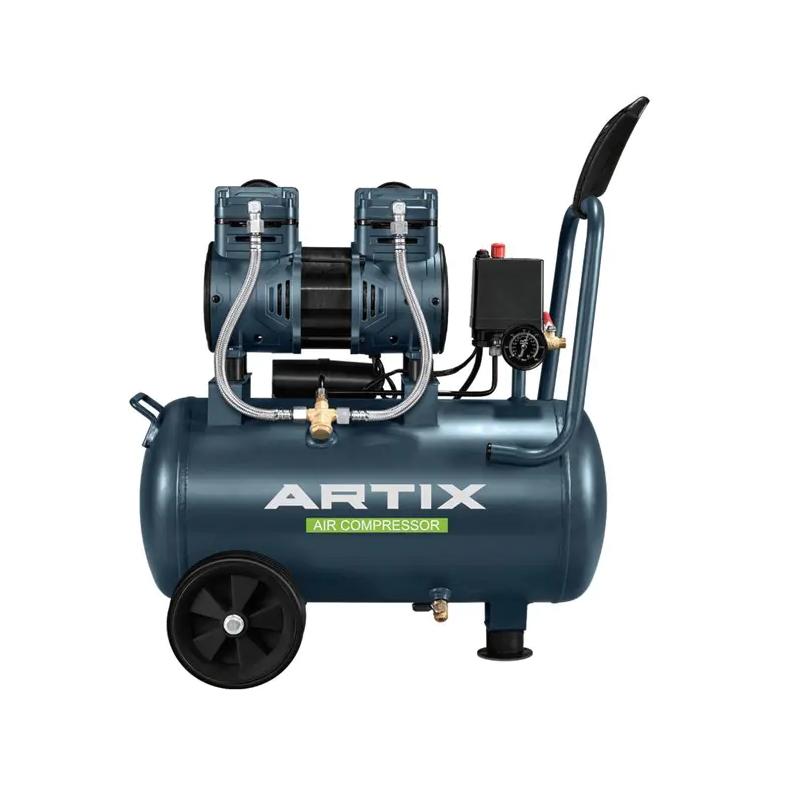Direct Driven Air Compressors use a straightforward design where the motor shaft is directly coupled to the compressor crankshaft or screw elements. This configuration eliminates the need for belts or pulleys, which reduces mechanical losses and improves overall energy transfer efficiency.
Because there are fewer moving parts in a direct drive system, these compressors generally require less routine maintenance than belt-driven alternatives. There’s no belt wear or tensioning to monitor, which can translate into fewer interruptions and lower long-term costs for users.
In terms of applications, direct driven compressors are commonly used in industrial settings that demand long operating hours and consistent air supply. Their design supports continuous-duty cycles and is especially suited for environments where space constraints and reduced vibration are important.
Another advantage of direct drive units is their alignment. The direct coupling ensures precise rotational speed, contributing to improved reliability and lower noise levels during operation. Many models incorporate cooling systems to help manage the heat generated during compression, further supporting extended service life.
Modern direct driven compressors may also integrate features like variable-speed drives and programmable controllers, allowing operators to adjust output to match real-time demand. This adaptability can enhance energy efficiency, especially in facilities with fluctuating air requirements.
In summary, direct driven air compressors are valued for their efficient design, consistent performance, and lower maintenance demands. Their straightforward mechanical setup is a reliable choice for operations that prioritize durability and energy-conscious solutions.
